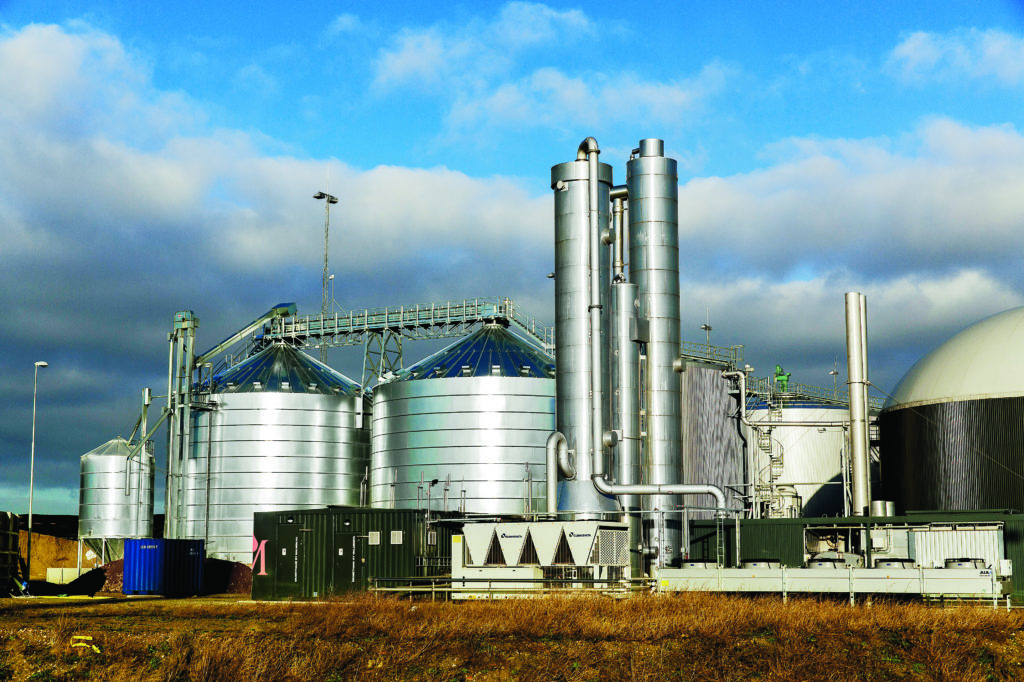
Gas sector
Of the energy gases used in Sweden today, approximately 15 TWh are of fossil origin while 4 TWh are renewable. The roadmap for the gas sector shows how the industry will become fossil free and how increased use of energy gases can contribute to the transition of electricity and heating, industry, shipping and road transport.
Targets in roadmap
2023: All vehicle gas in gas form fossil free.
2030: Liquefied gas in vehicles reduces greenhouse gas emissions by an average 70–90% compared with fossil petrol and diesel.
2030: All energy gases in the electricity and heating sector are completely fossil free.
2045: All energy gases used in Sweden are completely fossil free. Potential for production of renewable gas realised.
To implement the roadmap, the industry is working on:
- investing in more production of renewable gas in Sweden.
- developing the market for renewable energy gases.
- investments in gas distribution infrastructure, and facilitating the input of renewable gases into the gas network.
Since the roadmap was launched, interest in hydrogen has grown significantly, both in the EU and in Sweden, and there are major plans in which the production and use of hydrogen is, or is planned to be, key in several value chains. The gas sector has been involved in Fossil Free Sweden’s work to produce a strategy for how hydrogen can be used in Sweden to achieve the climate goals and develop industry.
The Swedish Gas Association is responsible for the process of implementing the roadmap. This work is conducted in close collaboration and in continuous dialogue with the gas sector, including through the Swedish Gas Association’s working groups.
Progress since the roadmap was launched
Gas is replacing diesel in goods transport
Looking at compressed gas in the transport sector, the proportion of biogas has already reached 95 percent, which means that the gas sector is well on track to meet the target for 2023. The proportion of biogas in liquefied natural gas in vehicles has increased significantly and now reaches 65–70 percent. Aided by initiatives such as Drive LBG, Klimatklivet and Klimatpremien, the gas sector has contributed towards 1,200 gas-powered lorries on the roads, and towards a rapid development of infrastructure. Interest in gas is also growing in the maritime industry, for example a couple of Destination Gotland’s ferries are running on 10 percent liquefied biogas.
Increased demand fuelling new production facilities
Since tax was removed on bio-propane on 1 January 2021, demand has risen as several industries have chosen to switch either all or part of their production. The tax exemption on biogas has also gained EU approval for ten years. A total of 16 actors are now planning biogas production for a total one TWh. The Klimatklivet initiative has granted funding to several of these and most are now in the project planning phase.
The gas sector is planning for future development of the gas network
For the first time, the gas sector has produced a joint study, via the research and knowledge institute Energiforsk, into how the gas network can be developed and the needs that exist to invest in infrastructure for hydrogen. Links across the sector are becoming increasingly important and the development of gas infrastructure, together with expansion of the electricity grid, will facilitate a cost-effective transition.
Industry challenges
There is a risk that the production of renewable gases in Sweden will be inhibited by long-term conditions in the form of support and objectives. There is also a need for incentives to ensure that the industry is able to switch to renewable gas as an input raw material in products.
Biogas vehicles risk being phased out as EU regulations assess their climate footprint based on carbon dioxide emissions at the exhaust pipe rather than on a lifecycle perspective. This leads to biogas being equated with natural gas and its actual climate benefit being ignored. There is a risk that the same thing will happen with heavy goods transport.
The absence of clear rules and policy instruments on the production, distribution and use of hydrogen of various origins poses an obstacle to a growing hydrogen market. There are no clear definitions of hydrogen with different origins. EU law and Swedish law need to be developed in terms of policy instruments and regulation.
- Aggregates industry
- Agricultural sector
- Automotive industry – heavy transport
- Automotive industry – passenger cars
- Aviation Industry
- Cement industry
- Concrete industry
- Construction and civil engineering sector
- Digitalisation consultancy industry
- Electricity sector
- Fast moving consumer goods industry
- Food retail sector
- Forest sector
- Gas sector
- Heating sector
- Heavy road haulage industry
- Maritime industry
- Mining and minerals industry
- Petroleum and biofuel industry
- Recycling sector
- Ski resort sector
- Steel industry
Process owner: The Swedish Gas Association
Published: 2020




